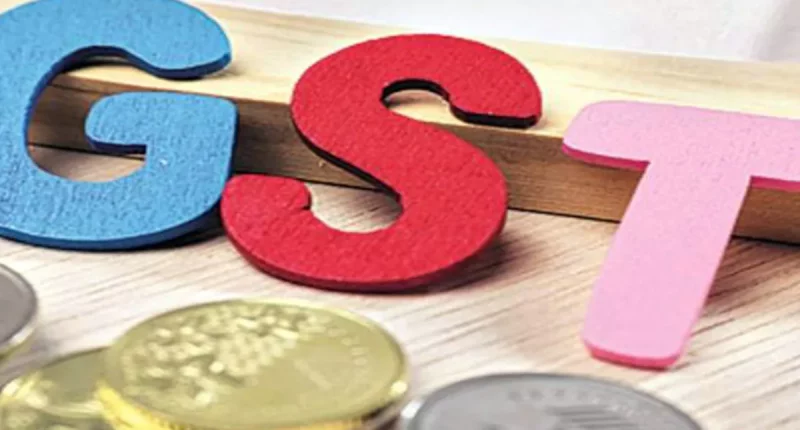A recent study on GST collections by a popular media publication reveals exciting facts about GST revenue disparity among the 28 states and 8 Union Territories of India under a single indirect tax regime. The study involved total collections in the first six months of FY 2022-23 compared with the previous year’s first half.
Goa, Kerala, Haryana, Karnataka, and Maharashtra have all recorded double-digit growth in the GST collection in the first half of this fiscal year. Goa records the highest growth at 21%. Karnataka and Kerala respectively occupy the second and third positions with 17.37% and 15.88% growth rates.
But many States have seen declines in GST revenue for the first half of FY 2022-23 compared to the same period last year. These include Jammu and Kashmir, Odisha, Jharkhand, Chhattisgarh and Himachal Pradesh. Some larger states, such as Tamil Nadu, Gujarat and Uttar Pradesh, did not post impressive growth as expected. Their growth rates for the above period stood between 5-7%.
In contrast, the total GST collections have grown phenomenally, crossing the Rs.1.40 lakh crore mark in the seventh straight month. The half-yearly GST collections were recorded at 32% more than the first half of FY 2021-22. The rise in IGST on imports by 45% that is later distributed to states can be a major factor contributing to the rise in GST collections.
One of the major reasons for GST revenue disparity between the states is that GST is a consumption-based tax and not a production-based one. States with higher consumption post higher GST revenue.
Specifically, a state’s consumption growth rate depends on the sectoral composition of its Gross State Domestic Product (GSDP), Per Capita Income (PCI) and the consumption levels of the state inhabitants. The impact of each of these state economic indicators on state GST revenue is decoded below-
States leading in the service sector
The service sectors saw a steep recovery in the first quarter of FY 2022-23, with the services sector PMI rising above 58. Employees in this sector had a higher disposable income and eagerness to spend during the endemic. States with the service sector as a primary contributor to the Gross State Value Added (GSVA) saw higher GST collection growth in the first half of this year. These include Karnataka, Maharashtra, and Kerala.
Contrastingly, agrarian states contributing the highest in the GSVA posted lower growth in GST collections. States such as Madhya Pradesh, Andhra Pradesh and Rajasthan earned more than 30% of their state GSVA from agriculture. GST collection growth ranged between 0.52-9%.
Higher PCI-earning states
States with the highest per capita income of their population seem to have earned higher GST collections. The uneven economic recovery with a larger impact on the lower income group due to the pandemic may be the reason for lower GST collection in these states this financial year.
For instance, as per an RBI report, Goa has the highest state net domestic product per capita at Rs.4,35,959 in FY 2019-20. GST collections in Goa during the first half of FY 2022-23 posted a 20.97% growth. Similarly, states with high growth, such as Karnataka, Kerala and Haryana residents, have higher PCI. Jharkhand, Madhya Pradesh, Chhattisgarh and Odisha, having a low per capita GDP, posted a low or negative growth rate in half-yearly GST collections.
Higher consumption states
States with higher consumption levels among its residents of higher-taxed goods posted higher GST collections during the first half of FY 2022-23. For example, Maharashtra sees a higher sale of passenger cars (taxed at 28%) at 2.76 lakh. It is followed by Karnataka, Gujarat and Uttar Pradesh, ranging between 1.78 lakh-2.35 lakh, as per the government’s Vaahan portal. Maharashtra also saw the second-highest two-wheeler sales followed by Uttar Pradesh.
Lifestyles have also impacted the state collections, with states consuming most luxury goods or services comparatively portraying a higher GST collection. Tamil Nadu is a cultural state with most residents leading a simple lifestyle. Such nature has adversely affected its GST collections. States such as Karnataka and Haryana have achieved higher GST collections since most residents splurge on high-value products. It also explains why tourism-rich states have seen a boom in GST collections during the first half of FY 2022-23, citing the examples of Kerala, Goa, and Puducherry.
The above amounts do not include IGST on imports. Else the state revenue would have moved higher. The analysis shows that states must push more consumption in their respective states to post higher state GST revenue figures.
For any clarifications/feedback on the topic, please contact the writer at annapoorna.m@clear.in
Annapoorna, popularly known as Anna, is an aspiring Chartered Accountant with a flair for GST. She spends most of her day Singing hymns to the tune of jee-es-tee! Well, not most of her day, just now and then.



